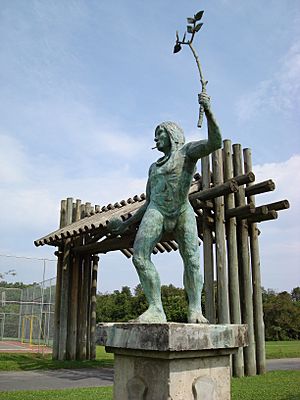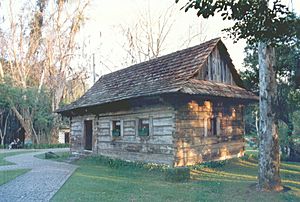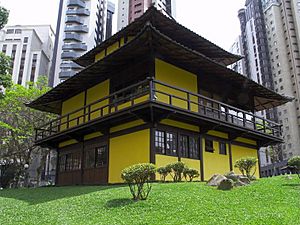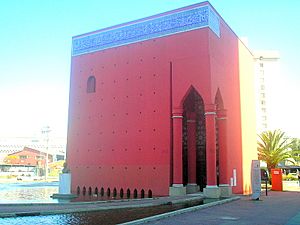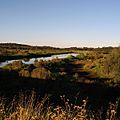History of Curitiba facts for kids
The history of Curitiba has many different periods.
Indigenous period
In the past, the region where today is the city of Curitiba was a region of exuberant forest, where the parana-pine was dominant. The first inhabitants of the region were the indigenous tribe Tingüi, by the Tupi-Guarani nation.
At the beginning of the Christian Era, the Plateau Curitibano (also known as First Plateau of Paraná) was inhabited by peoples potters. Subterranean houses, found at archaeological sites on the outskirts of Curitiba, show the adaptation of native to the adverse conditions of climate, as the cold wind, frost and snow.
In time of arrival of the Portuguese to Brazil, the Plateau Curitibano was occupied by groups of linguistic families Jê and Tupi-Guarani.
Colonization period
The first ten years of the 16th century marked the beginning of a war of conquest of Europeans against the indigenous peoples who inhabited the plateaus of southeastern and southern Brazil. Were Portuguese and Spanish expeditions in search of precious metals and stones, and Indians to enslave.
The region of Curitiba began to be populated by non-Indians around 1630, by people from Paranaguá, where the alluvium gold had been discovered, forming the village of "Our Lady of Light and Good Jesus of Pine Forest", which was became in town in 1693. The Portuguese who founded a village in 1693 gave it the name of Vila da Nossa Senhora da Luz dos Pinhais ("Our Lady of the Light in the Pine Forest"). The name was changed to Curitiba in 1721.
There is a legend telling that around 1648 a group of pioneers founded a small village near the Atuba River while searching for gold. These pioneers venerated Nossa Senhor da Luz and made a special place there for her statue. The legend tells that every morning the image turned her eyes to a pine tree forest, which the pioneers knew was a sacred place of the Indians. The explorers took this as a sign that Nossa Senhora was showing them a special place for their village. Even though they knew that the Indians took them as enemies, the pioneers took the risk and went in to the forest to find this special place. When the pioneers got close to the tribe, a miracle happened: the Indians were peaceful and expecting them to come. Done contact with the leader of the Tingüi tribe, the cacique Tindiqüera would have said the new location and put a stick in the ground, saying "Coré Etuba" ("many pines"). By this stick would have grown a great tree, where today is the zero mark of Curitiba. At that place the pioneers built a chapel in honor of the saint, now called Nossa Senhora da Luz dos Pinhais ("Our Lady of the Light in the Pine Forest").
Curitiba officially became a town in 1812, orthography its name as Curityba. An alternative orthography also came up: Coritiba. This orthography looked to become dominant for it was used in press and state documents, but a state decree in 1919 decided the dispute by orthography the city name Curitiba. Growth was based on the cattle trade, being a way between cattle breeding country to the South and markets to the North. Developing effective started from the beginning of the 19th century, with the exploitation and exportation of Yerba mate (Ilex paraguariensis), and the elevation to the condition that city in 1842.
Immigration period
Waves of European immigrants started arriving after 1850, mainly Germans, Italians, Poles and Ukrainians. In 1853, the south and southwest of the province of São Paulo are separated, forming the new province of Paraná, and Curitiba has become capital. The Universidade Federal do Paraná (Federal University of Paraná), the first in Brazil, was established in Curitiba in 1913, the same year in which electric streetcars were first deployed.
As most of Southern Brazil's population, Curitiba is mostly inhabited by Brazilians of European descent. The first Europeans to arrive in the region were of Portuguese origin, during the 17th century. They intermarried with the native people and with the African slaves.
In the 19th century, the influx of immigrants from Europe increased. In 1828, the first German immigrants settled in Paraná. However, large numbers of immigrants from Germany only arrived in Curitiba during the 1870s, most of them was Volga Germans from Russia.
Immigrants from Poland first arrived in 1871, settling in rural areas near to Curitiba. They largely influenced the agriculture of the region. Curitiba has the second largest Polish diaspora in the world, second only to Chicago, and is the only Brazilian city to have orthography in Polish language: Kurytyba.
Italian immigrants started arriving in Curitiba in 1878. They came mostly from the Veneto and Trento regions, in Northern Italy and settled mostly in the Santa Felicidade neighborhood, still today the center of the large Italian community of Curitiba.
Large numbers of Ukrainian immigrants settled in Curitiba, mostly between 1895 and 1897, when 20 thousands arrived. They were peasants from Galicia, who immigrated to Brazil to become small farmers. Nowadays there are 300 thousand Ukrainian-Brazilians living in Paraná.
Japanese immigrants starting arriving in the region in 1915. Curitiba received significant numbers of immigrants from Japan. Nowadays, there are about 40 thousand Japanese-Brazilians living in the city.
Other immigrants, such as jewishes, Arabs from Lebanon and Syria, English, French, Russians and other Eastern Europeans also settled in Curitiba.
Current period
During the 20th century, especially after the middle, the city is going through a large increase in population and is consolidating as regional hub for trade and services, becoming one of the richest cities in Brazil and pioneer in urban solutions. In the 1940s and 1950s, Alfred Agache, co-founder of the French Society for Urban Studies, was hired to produce the first city plan. It emphasised a "star" of boulevards, with public amenities downtown, an industrial district and sanitation. It was followed when possible, but was too expensive to complete.
By the 1960s, Curitiba's population had increased to 430,000, and some residents feared that the growth in population threatened to drastically change the character of the city. In 1964, Mayor Ivo Arzua solicited proposals for urban design. Architect Jaime Lerner - who later became mayor - led a team from the Universidade Federal do Paraná that suggested strict controls on urban sprawl, a reduction of traffic in the downtown area, preservation of Curitiba's Historic Sector, and a convenient and affordable public transit system. This plan, known as the Curitiba Master Plan, was adopted in 1968. Lerner closed the XV de Novembro St. to vehicles, because it had very high pedestrian traffic. The plan had a new road design to minimise traffic: the Trinary Road System. This uses two one-way streets moving in opposite directions which surround a smaller, two-lane street where the express buses have their exclusive lane. Five of these roads form a star that converges to the city centre. Land farther from these roads is zoned for lower density developments, to reduce traffic away from the main roads. A number of areas subject to floods were condemned and became parks.
Currently, the immigration of foreigners is small - is common only immigrants from China, some Middle Eastern and South American countries -, has been replaced by migration of Brazilians from other regions of the country (it is estimated that nowadays about half the population of Curitiba is composed of migrants).
Images for kids
-
Frost in Curitiba.
-
Federal University of Paraná was the first university opened in Brazil.
-
Musicians in Feirinha do largo da ordem.
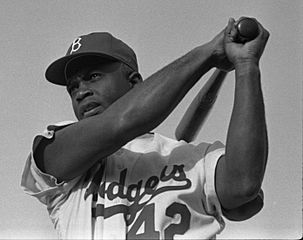 | Jackie Robinson |
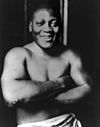 | Jack Johnson |
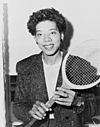 | Althea Gibson |
 | Arthur Ashe |
 | Muhammad Ali |


